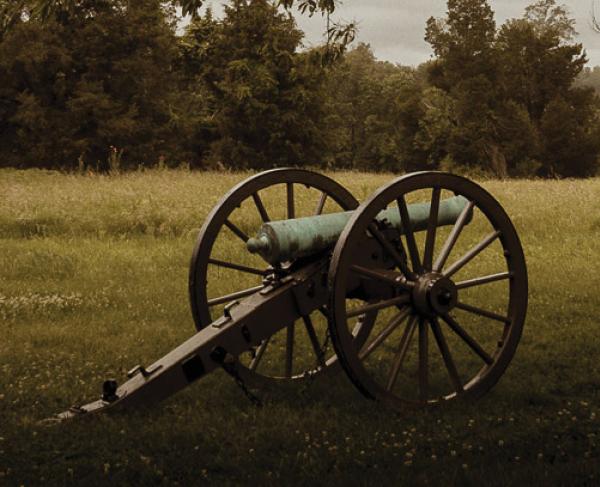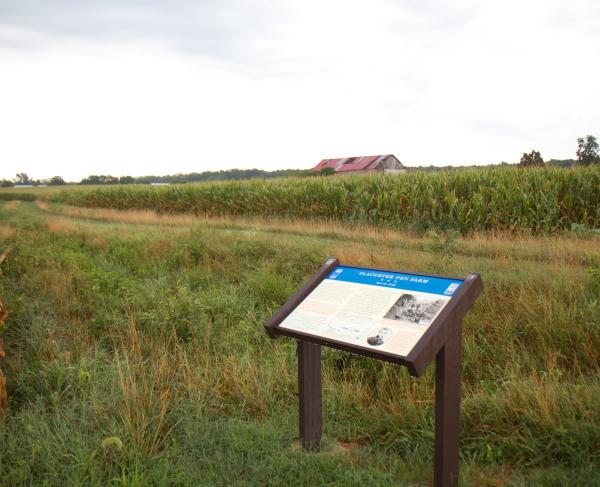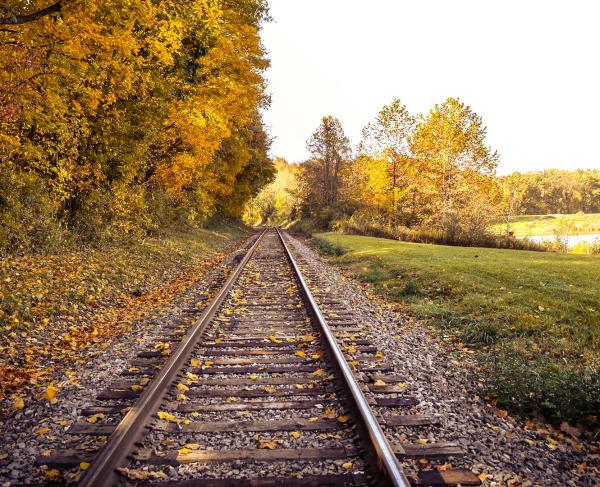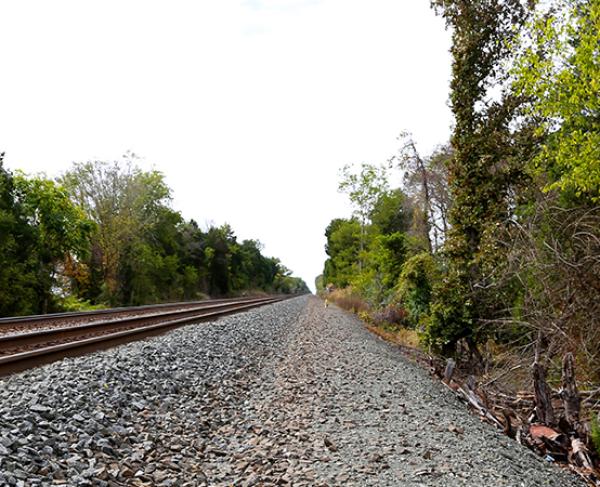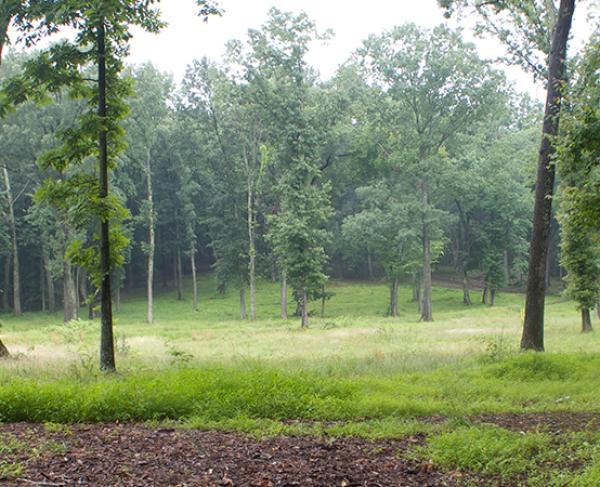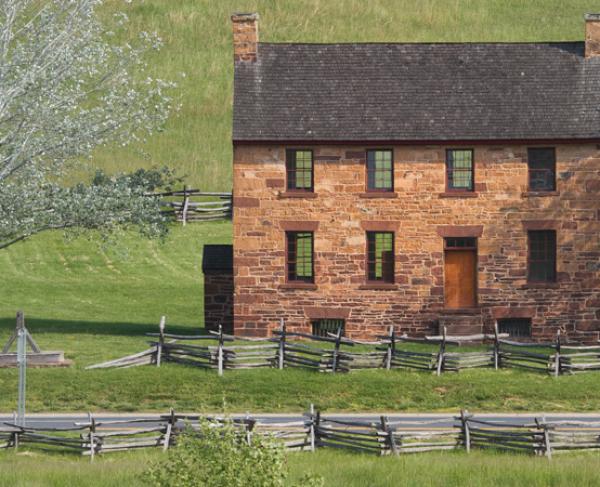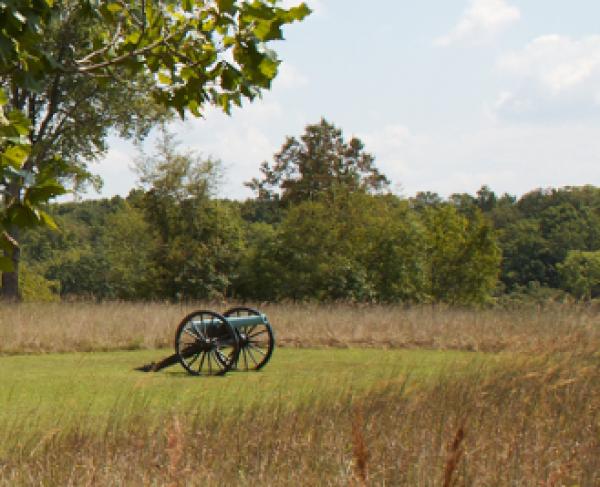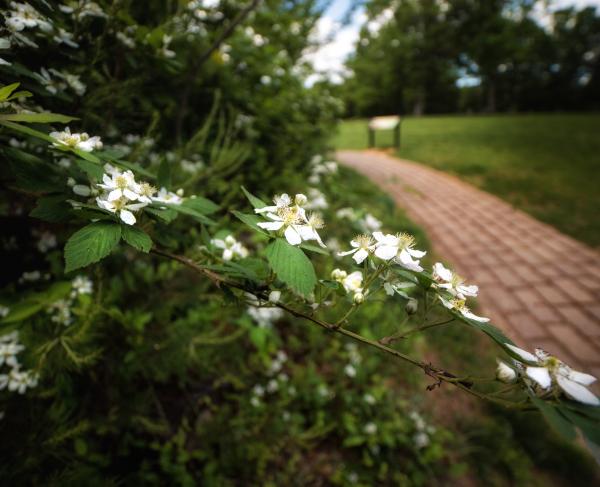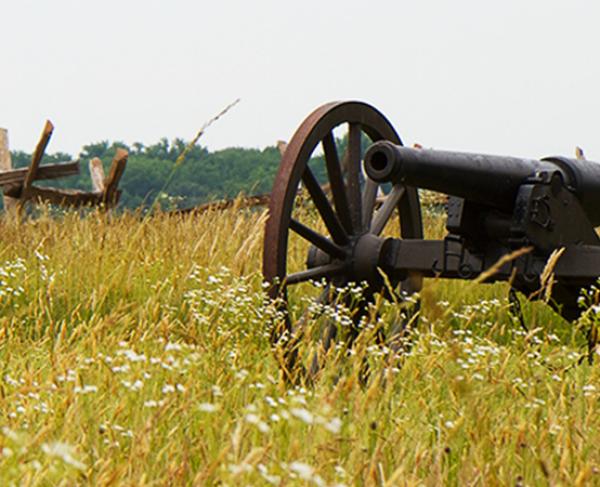Tour Manassas Battlefield Sites and Vicinity in Three Days
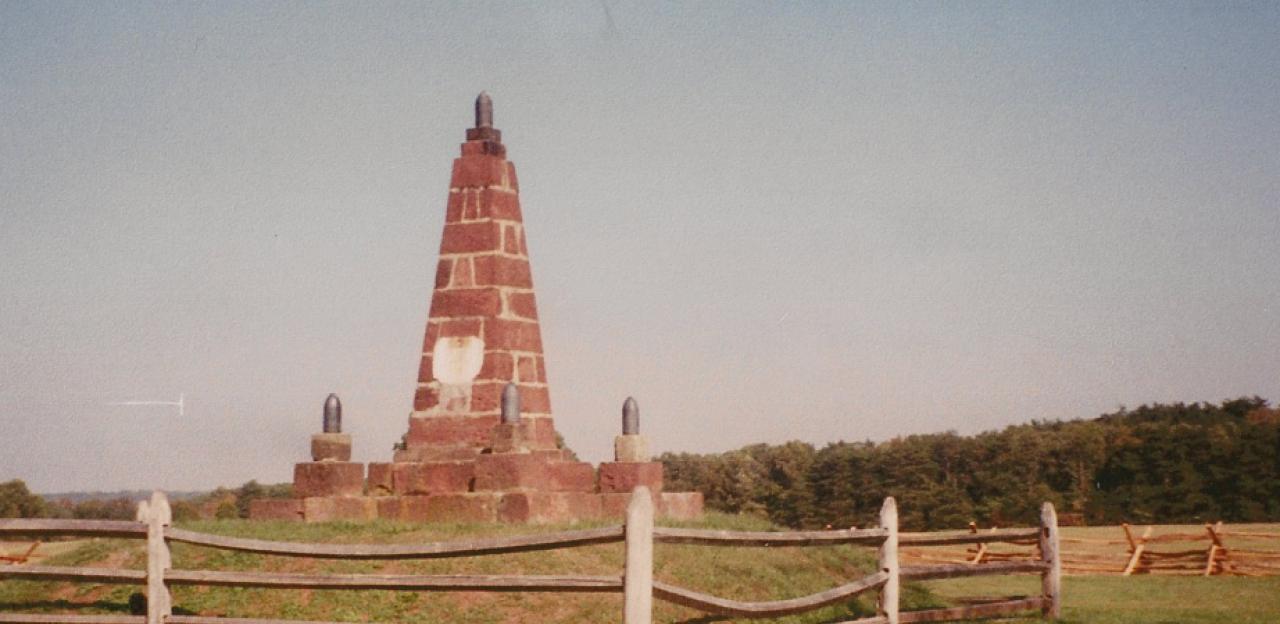
Manassas and the surrounding area of Northern Virginia witnessed a number of crucial actions from 1861 to 1863. From the First Battle of Manassas, which convinced both sides that the conflict would be long and costly, to Robert E. Lee's last strategic offensive at Bristoe Station, there are a number of battlefields and sites to explore.
Before You Go:
- Print or Download this Tour Map
- Watch the animated map for First Bull Run and other maps for Second Bull Run
- Read more about First Bull Run
- Explore more about Second Bull Run
- Read more about the Battle of Bristoe Station
- Explore more about the Battle of Chantilly
- Learn more about the Battle of Ball’s Bluff
Stop #1: Manassas National Battlefield Park
Time: 3 hours
Details https://www.nps.gov/mana/index.htm
In July 1861, the Union and Confederate armies met for the first time in the field. In August 1862, the two armies met again on this site. The Confederates won resounding victories each time.
What To Do
- Start at the Henry Hill Visitor Center
- Find out what Ranger Programs are scheduled for that day
- Watch the 45 minute orientation film, “Manassas: End of Innocence,” which covers the battles of both First and Second Manassas.
- Tour the museum exhibits and browse the bookstore
- Tour the battlefield. You have several options:
- Take a ranger-led walking tour (Matthew’s Hill & Henry House Hill)
- Take the 5.7-mile self-guided driving tour (approximately 2-3 hours)
- Use the American Battlefield Trust’s free Bull Run app on your smartphone or ipad
Don’t Miss:
- Sudley Ford-13,000 Union forces crossed Bull Run at this spot to threaten the Confederate left flank during the First Battle of Bull Run.
- Matthew’s Hill- After crossing at Sudley Ford, Union forces pushed the Confederates off Matthew’s Hill and continued their advance toward Henry House Hill.
- Stone House-The Confederates retreated past this house and up Henry House Hill during the First Battle of Bull Run. The house was used as a field hospital and still has remnants of soldier graffiti.
- Henry House Hill-The site of fierce fighting during the First Battle of Bull Run, piecemeal Union counterattacks failed to stop the Confederate domination of Henry Hill.
- Stone Bridge-This fateful bridge served as an escape route for Union troops during both battles.
- Portici-Although no longer standing, this house served as Confederate General Joseph Johnston’s headquarters during First Bull Run. Confederate President Jefferson Davis passed by Portici when he visited the battlefield shortly after the end of the engagement. Union cavalry General John Buford engaged Confederate horsemen nearby in the closing stages of Second Bull Run.
If You Have Time
- Hike the First Manassas Loop Trail
Stop #2: Brawner Farm Interpretive Center
Time: 3 hours
Details
A wartime structure, the Brawner House witnessed the ferocious first day of Second Manassas and now serves as that battle’s interpretive center.
What To Do
- Tour the interpretive center
- Tour the battlefield. You have several options:
- Take a ranger-led walking tour (Brawner Farm, Deep Cut, Chinn Ridge)
- Take the 7.1-mile self-guided driving tour (approximately 2-3 hours)
Don’t Miss:
- Battery Heights-Union artillery engaged Confederate guns from this location during the Battle of Brawner Farm.
- Unfinished Railroad-Confederates under General Thomas J. “Stonewall” Jackson used this man-made feature to fend off Union infantry attacks during Second Bull Run.
- Deep Cut-The deepest part of the unfinished railroad, this area witnessed some of the most desperate fighting of Second Bull Run. When Confederate infantry ran out of ammunition, they resorted to throwing large rocks at the Federals.
- Groveton Cemetery-Established in 1867, some 500 unknown Confederate soldiers rest here at the cemetery.
- New York Monuments-Three monuments to New York units stand on the Second Bull Run battlefield. The monument to the 14th Brooklyn remembers those from the regiment who perished in the two battles. Monuments to the 5th New York and 10th New York commemorate their stubborn but fruitless defense in the face of a fierce Confederate assault at Second Bull Run.
- Chinn Ridge-This rise west of Henry House Hill was a prominent landmark during both battles. Confederate reinforcements took position here at First Bull Run. At Second Bull Run, Union forces held the ridge to cover their retreat.
If You Have Time
- Hike the Second Manassas Loop Trail
- Hike the Stuart’s Hill Loop Trail
Stop #3: Manassas Museum
Time: 1 Hour
Details: http://www.manassascity.org/211/Manassas-Museum-System
The Manassas Museum includes exhibits and displays chronicling the history of Manassas and its role in the Civil War.
What To Do:
- Explore the museum displays
- Browse the bookstore
- See the restored earthwork built by Confederate Gen. P.G.T. Beauregard as part of the defenses of Manassas Junction
Stop #4: Ben Lomond Historic Site
Time: 1 hour
Details: http://www.pwcgov.org/government/dept/publicworks/hp/Pages/Ben-Lomond-Historic-Site.aspx
Built in 1832, this plantation house was used as a Confederate hospital after the Battle of First Manassas and contains Civil War graffiti.
What To Do
- Tour the house and grounds
Stop #5: Bristoe Station Battlefield Heritage Park
Time: 1 Hour
Details: http://www.pwcgov.org/government/dept/park/hp/Pages/Bristoe-Station-Bat…
Used by Confederates as quarters during the winter of 1861-1862, the area witnessed major engagements through the course of the war. Blue and gray first clashed briefly near Kettle Run during the Second Manassas Campaign in August 1862. The opposing armies returned in October 1863 and the battle resulted in a Union victory.
What To Do:
- Tour the battlefield and cemetery.
If You Have Time
- Take the Bristoe Station Campaign Mobile Tour. For more information, go to: https://bristoestation.oncell.com/en/index.html
Stop #6: Chantilly/Ox Hill Battlefield Park
Time: 45 mintues-1 Hour
Details: http://www.fxva.com/listing/ox-hill-battlefield-park/1256/
Fought just days after Robert E. Lee's victory at Second Manassas, the battle witnessed the loss of two Union division commanders, Isaac Stevens and Phil Kearny. The destruction of the Chantilly Battlefield in the 1980s was one of the catalysts for the modern battlefield preservation movement.
What To Do:
- Tour the battlefield.
Stop #7: Historic Blenheim Estate
Time: 30 minutes
Details: http://www.historicfairfax.org/fairfax-museum-visitors-center/
Union soldiers who were patients at this converted field hospital near Fairfax Courthouse left “graffiti” in the form of signatures, art, and poetry that has been protected and preserved.
What To Do:
- Tour the grounds.
- Examine the unique soldier graffiti.
Stop #8: Ball’s Bluff Battlefield Regional Park
Time: 1 Hour
Details: https://www.novaparks.com/parks/balls-bluff-battlefield-regional-park
A mistaken scouting report led to a disastrous Union skirmish with Confederate infantry in this October 1861 battle on a bluff overlooking the Potomac. U.S. Senator Edward Baker, a Union colonel and close friend of President Abraham Lincoln was killed in the battle, becoming the first and only U.S. senator to die in the war. The Union disaster led to the formation of the Joint Committee on the Conduct of the War in Congress.
What To Do:
- Hike the trails in the park.
- Visit the National Cemetery.
- Visit the Edward Baker Memorial Stone.
Related Battles
14,462
7,387
2,896
1,982
540
1,380
1,002
155
1,300
800
